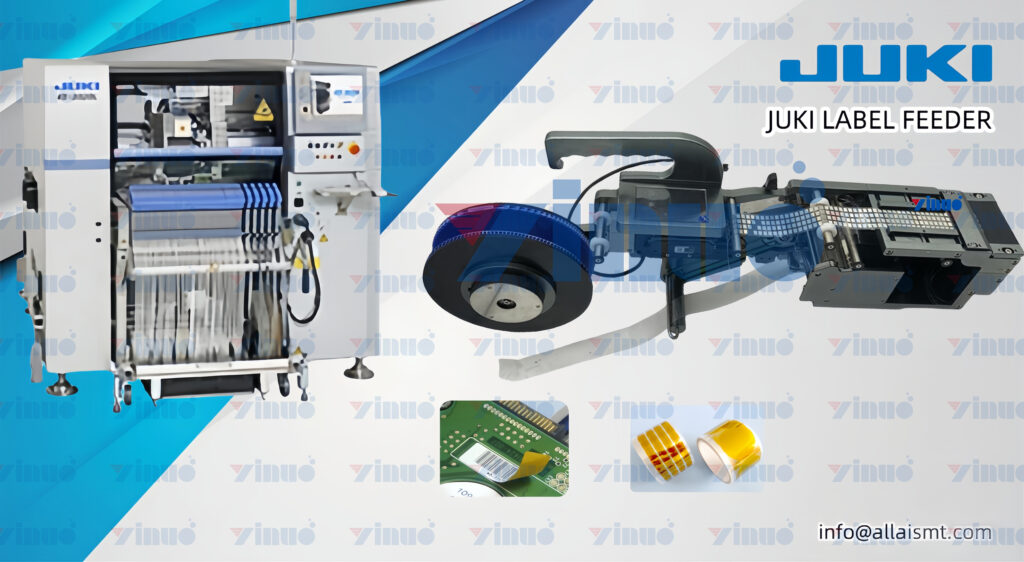How Label Feeders Improve Efficiency in Customized Packaging
In today’s competitive marketplace, customized packaging has become a powerful tool for brands to differentiate their products and create a unique customer experience. However, the challenge of applying labels accurately and efficiently in a customized packaging environment can be daunting, particularly when dealing with high volumes and diverse packaging designs. This is where label feeders come into play, offering a solution that not only improves accuracy but also significantly enhances efficiency in customized packaging operations.
The Role of Customized Packaging
Customized packaging refers to the practice of tailoring packaging designs to meet specific brand or customer requirements. This might include unique shapes, sizes, colors, or branding elements that reflect the identity of the product or company. Customization often extends to labeling, where products require individualized or variable information such as batch numbers, customer names, or promotional messages.
While customized packaging adds value to the product, it also introduces complexity into the packaging process. Each product may require a different label, making manual labeling time-consuming and prone to errors. The need for speed, accuracy, and flexibility in applying labels becomes crucial, and this is where label feeders can make a substantial impact.
How Label Feeders Enhance Efficiency
1. Automated Label Application
One of the primary ways label feeders improve efficiency is through automation. Label feeders can automatically apply labels to products at high speeds, far outpacing manual labeling methods. This automation is particularly beneficial in customized packaging, where different labels need to be applied to various products. By using a label feeder, companies can ensure that each product is labeled quickly and accurately, reducing the time required for the labeling process and enabling faster turnaround times.
For example, in a packaging line where each product requires a unique label, a label feeder can be programmed to apply the correct label based on the product type or packaging design. This eliminates the need for manual intervention, allowing for a seamless and efficient labeling process.
2. Reduced Downtime
In customized packaging environments, frequent changes in label designs or sizes can lead to significant downtime as machines are adjusted or reconfigured. Label feeders are designed to handle a variety of label types and sizes with minimal setup time, reducing the need for lengthy adjustments between production runs.
Many modern label feeders offer quick-change features, allowing operators to switch between different label rolls or designs quickly. This adaptability ensures that the packaging line remains operational with minimal interruptions, significantly boosting overall efficiency.
3. Consistent Quality and Accuracy
Customized packaging often demands a high level of precision, particularly when it comes to label placement. Misaligned or incorrectly applied labels can detract from the product’s appearance and may even result in non-compliance with industry regulations. Label feeders improve efficiency by consistently applying labels in the correct position, ensuring that each product meets the required quality standards.
This consistency not only enhances the visual appeal of the product but also reduces the need for rework or corrections, further speeding up the packaging process. In environments where precision is critical, such as in luxury goods or specialty products, the use of label feeders can make a significant difference in maintaining brand integrity.
4. Scalability for High-Volume Production
Customized packaging is often associated with smaller, niche production runs. However, as demand for personalized products grows, the need for scalable solutions becomes more pressing. Label feeders are capable of handling both small and large production volumes, making them ideal for scaling up customized packaging operations.
By automating the labeling process, label feeders enable companies to scale their production without sacrificing efficiency or quality. Whether the order is for a few hundred units or tens of thousands, label feeders can maintain consistent performance, allowing businesses to meet increasing demand without delays.
5. Integration with Advanced Technologies
Label feeders can be integrated with advanced technologies such as digital printing, barcode scanning, and RFID tagging, further enhancing efficiency in customized packaging. For instance, digital printing allows for on-the-fly changes to label designs, enabling true customization for each individual product. When combined with label feeders, this technology can streamline the entire labeling process, eliminating the need for pre-printed labels and reducing lead times.
Barcode scanning and RFID tagging capabilities can also be integrated with label feeders, allowing for real-time tracking and verification of labeled products. This integration not only improves the accuracy of the labeling process but also provides valuable data for inventory management and quality control.
6. Cost Efficiency
While customized packaging is often perceived as more expensive, label feeders help mitigate costs by improving operational efficiency. The automation of label application reduces labor costs, minimizes waste due to labeling errors, and increases the speed of production. These efficiencies translate into lower overall costs, making customized packaging more accessible and cost-effective for businesses.
Moreover, by reducing the need for manual labor and decreasing the likelihood of costly mistakes, label feeders contribute to a more streamlined and economical packaging process. This cost efficiency allows companies to offer customized packaging at competitive prices, making it a viable option for a wider range of products.
Conclusion
Label feeders are a key asset in improving efficiency within customized packaging operations. By automating the label application process, reducing downtime, ensuring consistent quality, and enabling scalability, label feeders allow companies to meet the growing demand for personalized products without compromising on speed or accuracy. The integration of advanced technologies further enhances their capabilities, making them an essential tool for any business looking to optimize its customized packaging process. As the demand for customization continues to rise, the role of label feeders in ensuring efficient, high-quality packaging will only become more critical.


